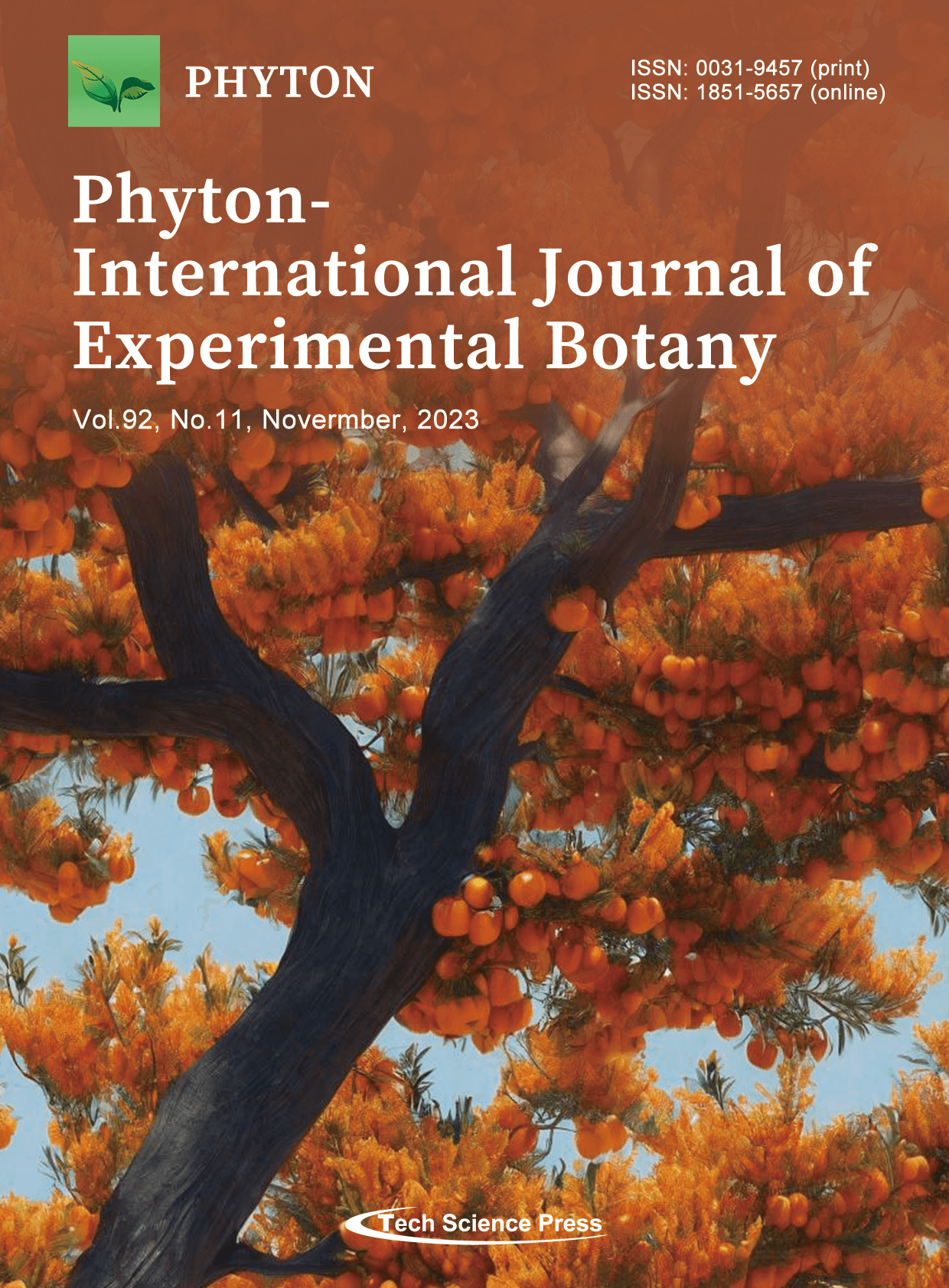
Sea buckthorn (Hippophae rhamnoides L., Hr) fruits are popular as food and for their health benefits. This study aimed to determine polyphenolic compound content and antioxidant activity in different parts of Hr. Nineteen phenolic compounds were identified in various Hr parts. Among flavonoids, kaempferol, quercetin, and isorhamnetin glycosides were the most significant in fruits and leaves. Bark and roots had different compositions, with catechins in high amounts but minimal flavonols. Water extracts for 10 minutes had the highest concentration of phenolic substances, with similar results for fresh and dried raw materials. Phenols and flavonols were most abundant in water infusions from leaves (especially quercetin-3-O-glucoside-7-O-rhamnoside) compared to methanolic extracts. Fresh and dried Hr leaves had the highest antioxidant activity and may be sources of biologically active compounds in addition to fruits.
View this paper